In light of the Fed announcement and press conference overnight, it appears that another 25bps rate hike is likely in May, followed by a prolonged pause with no rate cut expected until next year. The overall picture remains hawkish, albeit not as much as after Fed Chair Jerome Powell’s earlier testimony this month.
As anticipated, Fed raised interest rates by 25bps to 4.75-5.00%. While the tightening bias was maintained, the statement softened its tone, stating, “some additional policy firming may be appropriate.” Despite recent market turmoil, median projections still indicated an interest rate peak of 5.1% this year, suggesting one more 25bps hike before pausing until next year. The median projection for 2024 interest rate increased from 4.1% to 4.3%, signaling a slower path of rate cuts.
During the post-meeting press conference, Powell acknowledged that “financial conditions seem to have tightened” recently, adding that if the situation persists, it could “easily have a significant macroeconomic effect, and we would factor that into our policy decisions.” While he admitted that a pause was considered during the meeting, he emphasized that a rate cut this year was “not our baseline expectation,” stating, “the key is we have to have policies tight enough to bring inflation down to 2%.”
Suggested readings on Fed:
- FOMC’s Fight Against Inflation Finely Balanced
- FOMC Hikes Rates, But End of Tightening Cycle Coming Into View
- Suderman Says: Rates Up as Expected, But Peak in Sight?
- FOMC Hikes Policy Rate by 25 Basis Points, Cautions on Bank Stress
- Fed hikes 25 bps, terminal rate forecast unchanged at 5.1%
- (FED) Federal Reserve Issues FOMC Statement





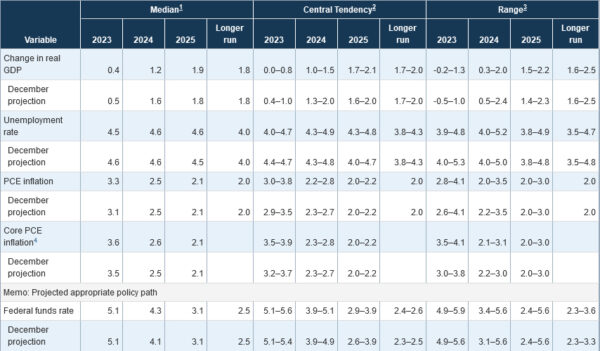
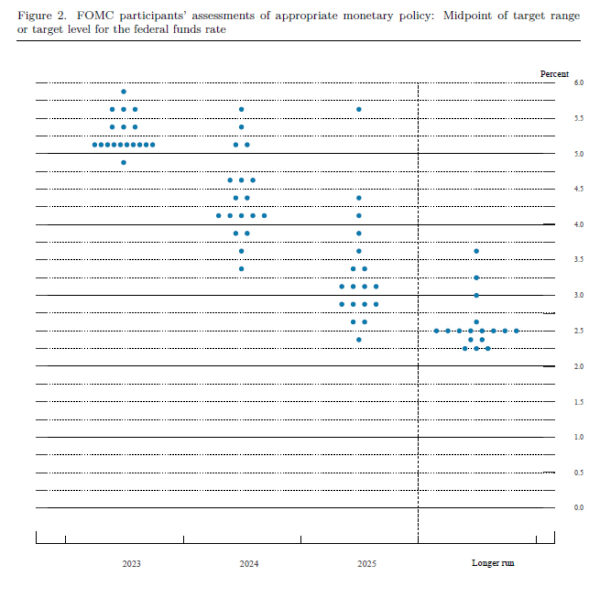
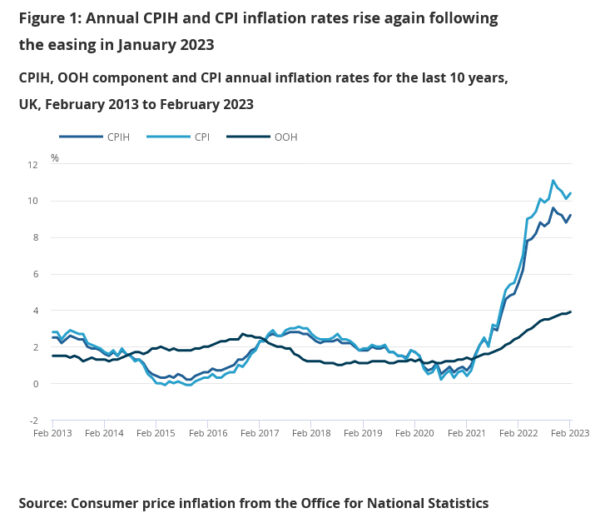
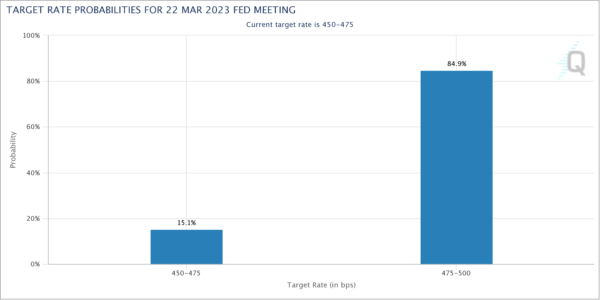
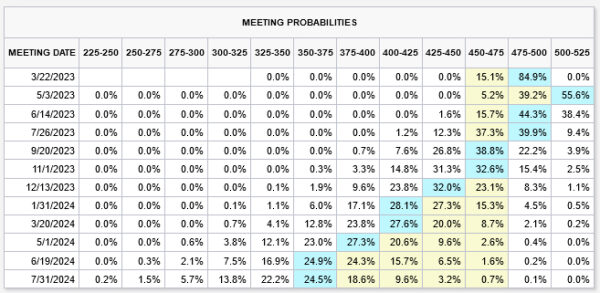
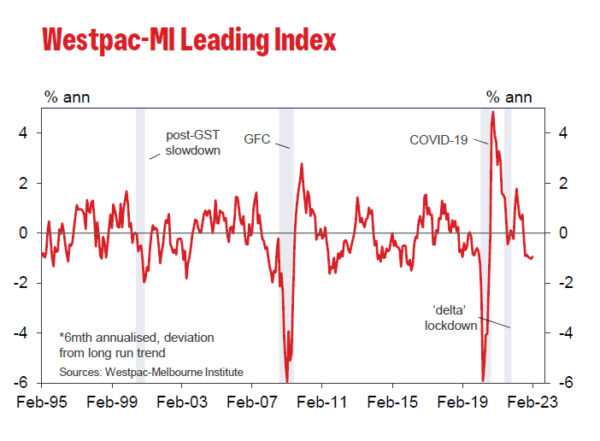
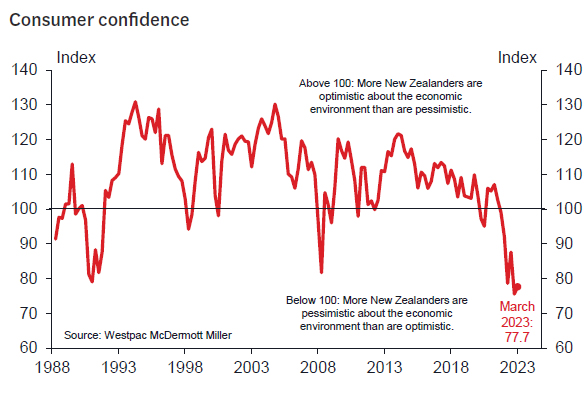
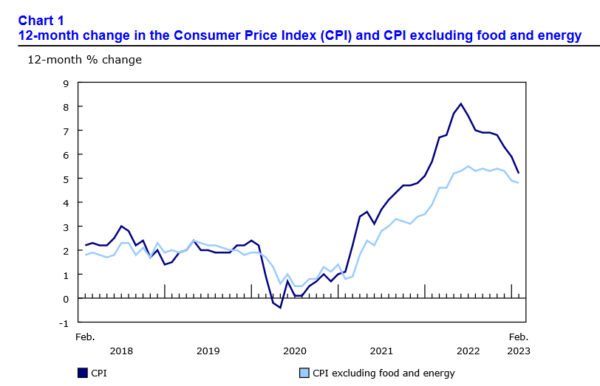
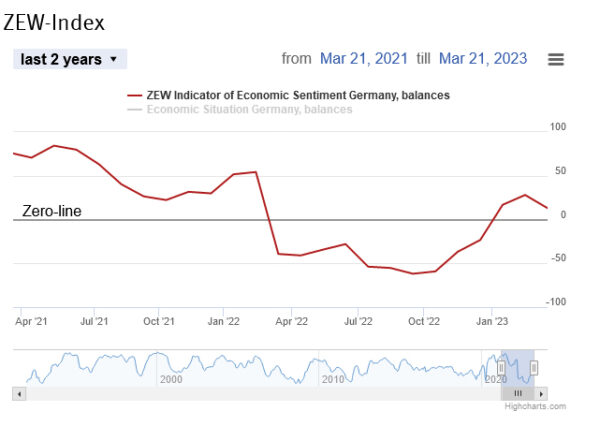
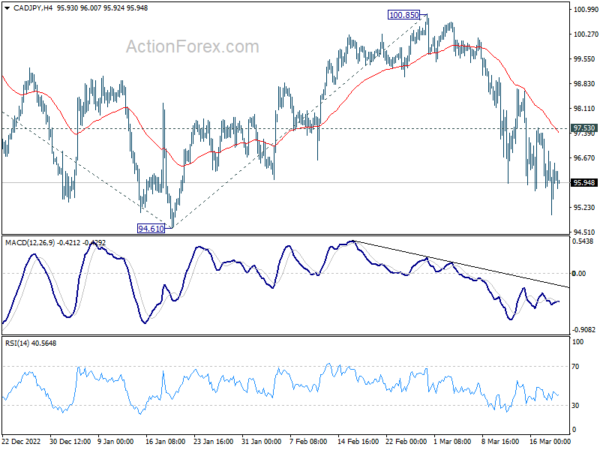
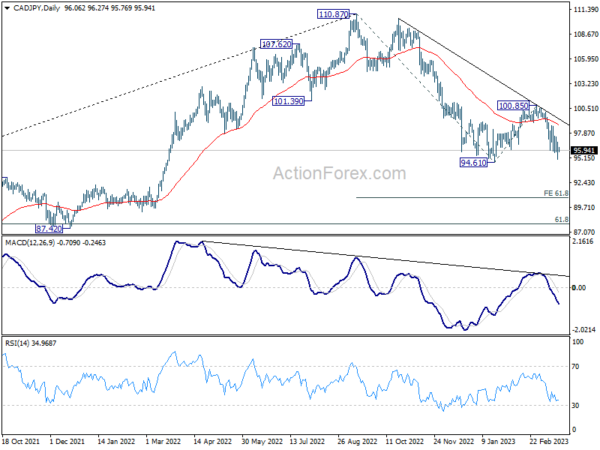
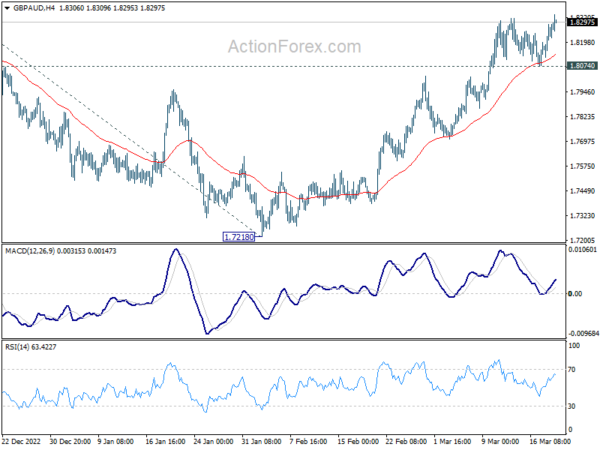
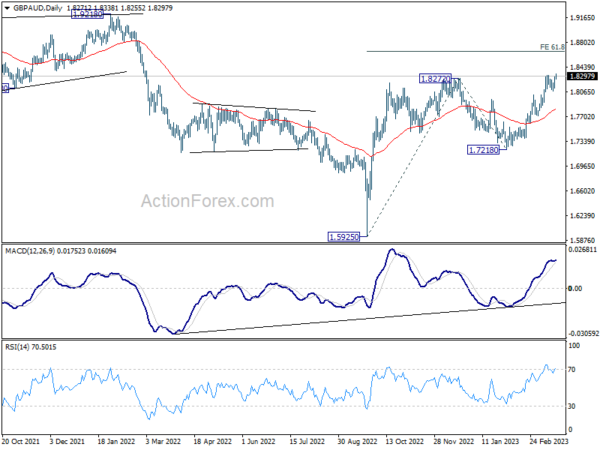
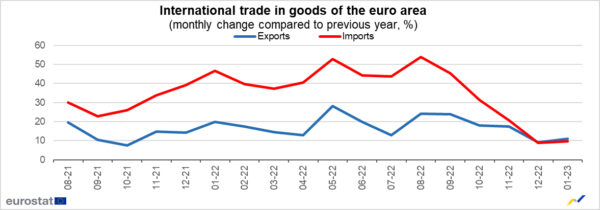
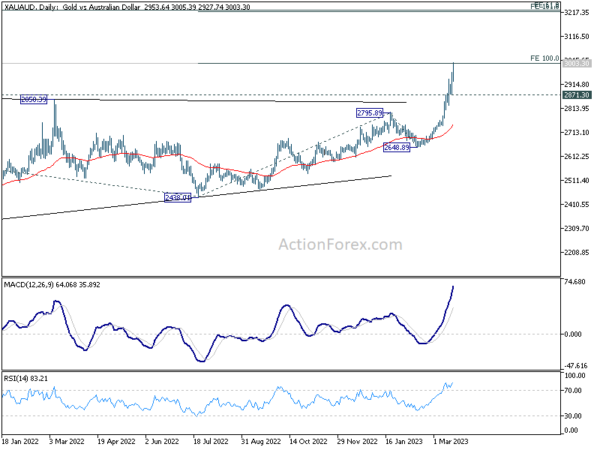
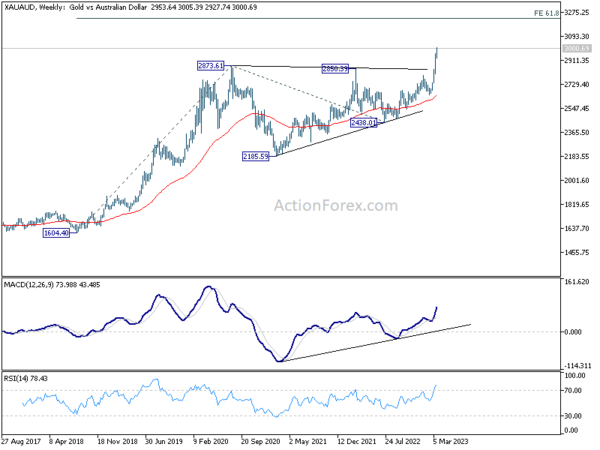
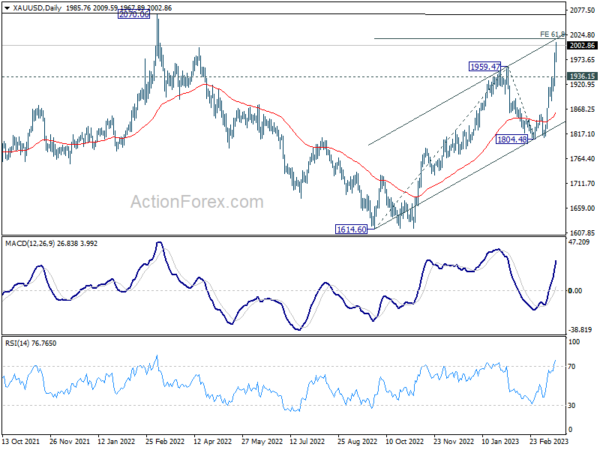
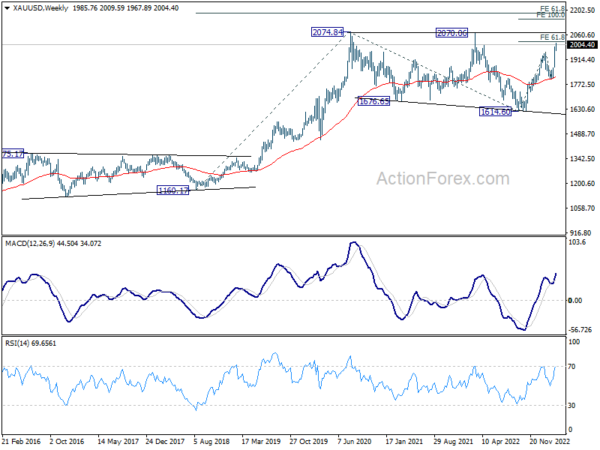

S&P 500 down, reacted more to Yellen than Powell?
US markets experienced a complex development overnight due to simultaneous reactions to two events. Initially, the markets responded bullishly to the Fed’s less hawkish than expected rate hike and press conference. However, just an hour before the close, sellers jumped in, and the three major indexes closed -1.6% lower.
The selloff might be more attributed to Treasury Secretary Janet Yellen’s comments at a Senate committee. She explicitly stated, “I have not considered or discussed anything having to do with blanket insurance or guarantees of deposits.”
Yellen further elaborated, “when a bank failure is deemed to create systemic risk, which I think of as the risk of a contagious bank run…we are likely to invoke the systemic risk exception, which permits the FDIC to protect all depositors, and that would be a case-by-case determination.”
Meanwhile, Asian markets have remained sluggish and mixed today, without any apparent signs of bearishness carried over. It may take some more time to understand the unfolding situation fully.
Technically, near term outlook in S&P 500 isn’t too bearish yet given it’s holding inside a near term channel. However, break of 3901.27 support will argue that the corrective rebound from 3808.85 has completed at 4039.49, after hitting falling trend line resistance. Deeper selloff would then follow through 3808.86 to resume whole decline from 4195.44.